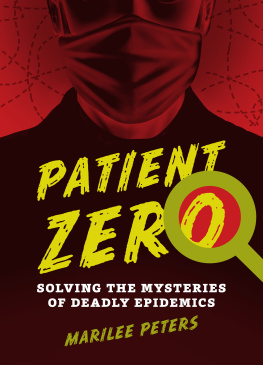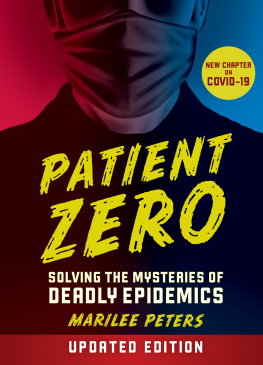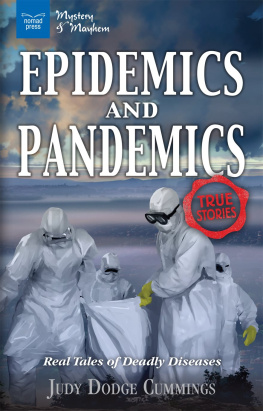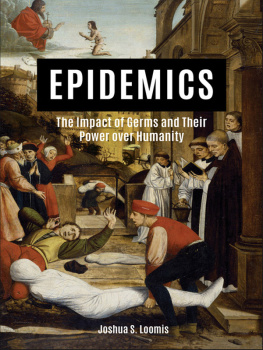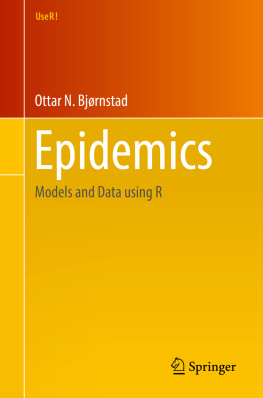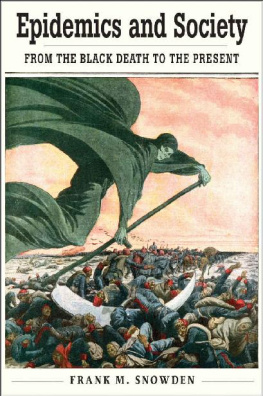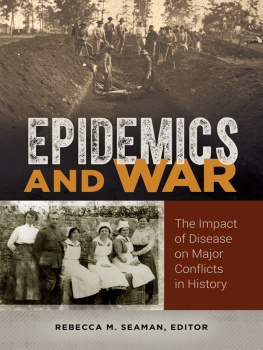Dedication
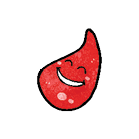
To my children and editorial advisors, Olivia and Jackson, for fearlessly offering their opinions during the writing of this bookand for being right
CONTENTS
 | The Great Plague Epidemic of 1665 |
 | The Soho Cholera Outbreak of 1854 |
 | Yellow Fever in Cuba, 1900 |
 | Typhoid in 1906 |
 | The Spanish Influenza Pandemic, 1918-19 |
 | Ebola in Zaire, 1976 |
 | AIDS in the U.S., 1980 |
A RACE AGAINST TIME
W ith a buzz and a crackle, the pilots voice came over the intercom. Buckle up, please. We'll be beginning our descent in just a few minutes.
As the plane emerged from the clouds, Dr. Shannon McKay stared out her window at the city below. Gradually the grid of streets came into focus, revealing tiny buildings, houses, trees, and lawns. Then the airport runway rushed up to meet them, and the plane bumped to a stop. The doors opened. Shannons stomach, which had been churning with excitement for the entire trip, clenched with fear. What was out there?
It was her first field assignment, and shed been sent to this remote city along with a small team of scientists to investigate a recent outbreak of disease. Their mission: to identify the cause of the epidemic and stop it before it spread beyond the citys borders. Reports from the region had been confused but urgent. Doctors at the local hospital werent sure what the disease waswhile some thought it might be plague, others argued it was a new virus, never seen before. All they knew for sure was that the disease was deadly, and it was spreading fast.
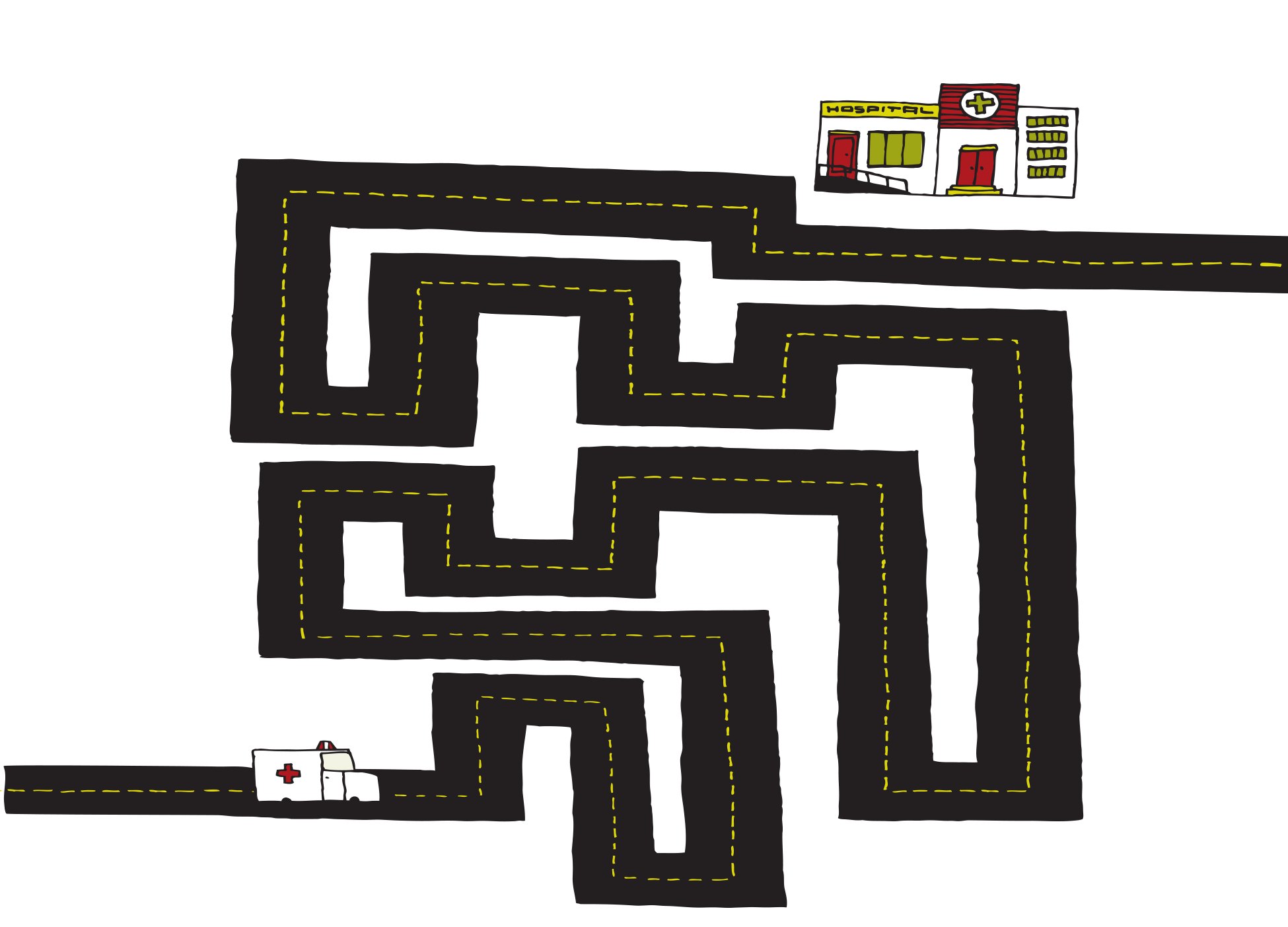
The airport was chaotic, crowded with people clamoring to get on a flight, any flight, and escape from the city before they became infected. As Shannon and the other scientists pushed their way through the throng, Shannon scanned strangers' faces warily for signs of illness.
At the hospital, the doctor in charge was gray with exhaustion. Beds and stretchers loaded with moaning patients packed the narrow hallways.
It all started a week ago, the head doctor told the scientists. At first it was just a couple of people. We couldnt identify the illness, but we werent too worried. Then more and more people started showing up with the same symptoms. We've run out of beds, and the morgue is full now too."
The investigation team huddled in a small office to go over their plans. They had to gather information quickly while doing everything they could to control the spread of the disease. They'd need to close the airport, establish isolation wards and quarantines, collect data on the number of infected victims, and start laboratory testing to determine the cause of the outbreak.
McKay, I want you to handle patient interviews, the lead investigator ordered. Find out what people were doing before they got sick. Where did they go? What did they eat? Who did they come in contact with? Take one of the local translators with you. And we need to figure out who was the first person to get sickwhos our Patient Zero? The answers are out there, we just have to find them."
Shannon nodded. Quickly, she zipped up her biohazard suit and grabbed her laptop, ready to head out into the hospital wards. There was no time to lose.

The thought of getting caught up in a massive epidemic frightens a lot of people, and for good reason. The Black Death, cholera, yellow fever, AIDS: throughout human history millions of people have died in epidemicsfar more than have died in wars or other disasters.
Across the world today, our defenders against epidemics are the scientists who strive to unravel the mysteries behind these deadly outbreaks. They search for clues that can tell us how a disease outbreak started, how it spreads, and what puts people at risk of getting sick. We call these scientists who work on understanding and stopping disease outbreaks epidemiologists.
Like detectives, epidemiologists travel to the scene of the crime to look for clues when a disease strikes. They ask lots of questions, look for witnesses, talk to the victims, sniff out facts that may have been overlooked, and then assemble the evidence. Working with the latest technology in special laboratories, they also use high-level scientific skills to uncover hidden connections and test their theories.
National and international organizations such as the U.S. Centers for Disease Control (CDC), the World Health Organization (WHO), and the Public Health Agency of Canada continuously monitor disease reports from around the world, ready at a moments notice to send teams of epidemiologists to the latest disease hotspot. But epidemiology (pronounced epeh-dee-mee-ol-o-gy) hasnt always been as sophisticated as it is today. In fact, its only thanks to the lonely, dangerous work of a few dedicated doctors and scientists that we now know how to prevent or cure some of the most deadly diseases in history.
Diseases like plague, cholera, and typhoid fever. Those names can still strike fear into our hearts, even today. The scientists who unraveled the medical mysteries behind these illnesses faced a terrifying prospect: they were risking their lives to fight diseases that killed thousands of people every year. They needed to be courageous, and very determined; all too often, no one believed their crazy theories. They were ignored, laughed at, sometimes even fired from their jobs. But they kept searching for answers, putting the pieces of the puzzles of epidemics together. Today, millions of people owe their lives to the work of such early epidemiologists.
And the fight against infectious disease isnt over yet. Epidemics and pandemics continue to threaten the world. As our populations grow, and as technology, climate change, and wars change the way we live all around the globe, tracking and stop-ping disease outbreaks is more important than ever.
Its easy to see why. Today, we live in a global village, and an outbreak from anywhere in the world can arrive on our doorsteps in a matter of hours. Just imagine, for instance, what could happen if a deadly new disease were to emerge in one of the worlds biggest cities and major transport hubs: a city like Tokyo, New York, Shanghai, or London. Simply by stepping onto a plane, infected victims could spread the epidemic around the country, and even around the world, in a fraction of the time it would take to bring international medical aid. Thats the kind of scenario that keeps todays epidemiologists ever on the alert, ready to track down the source of the next killer epidemic.

